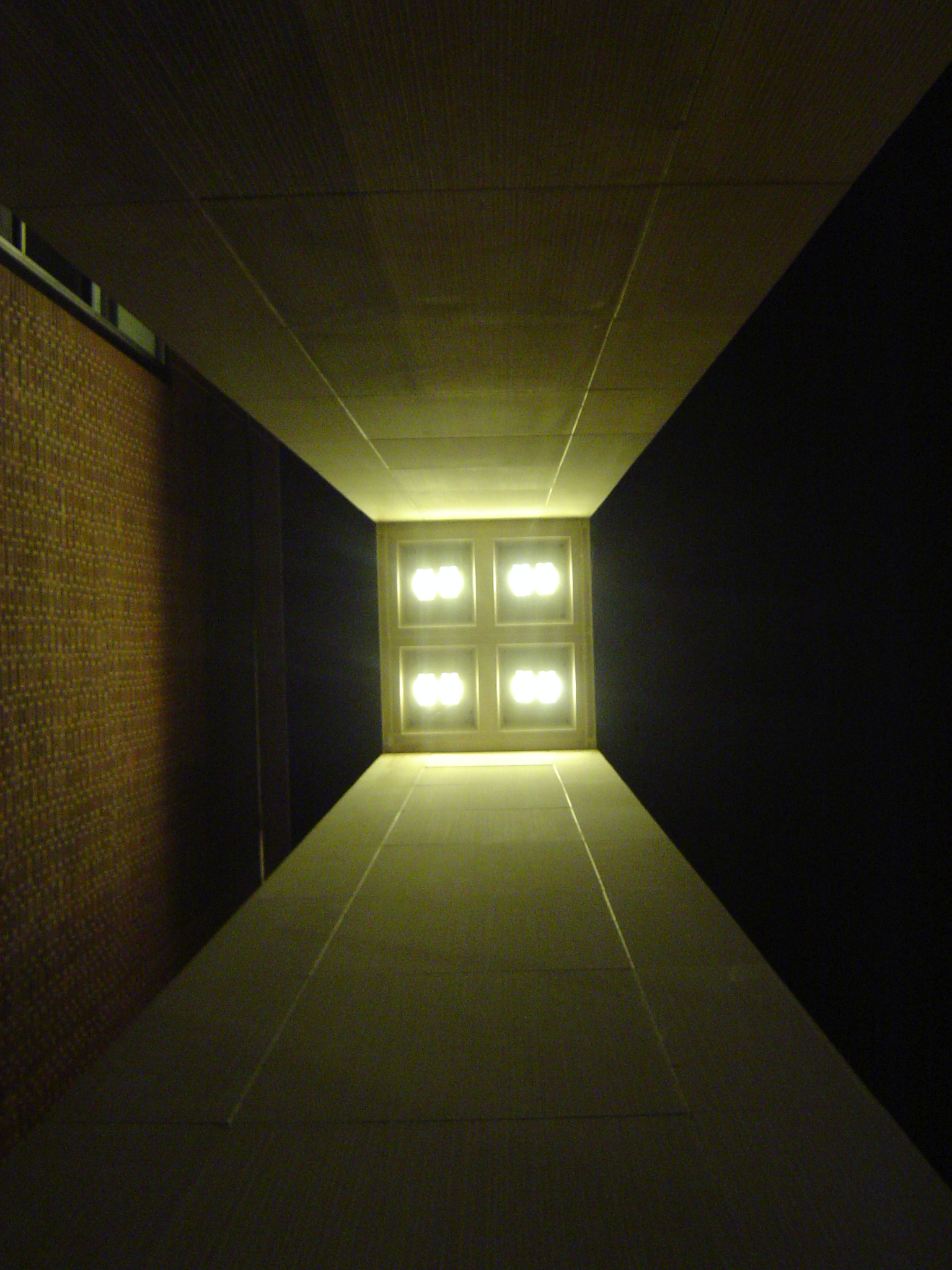Bioluminescence is a natural process that occurs in a range of species. Marine vertebrates such as the angler fish (Melanocetus johnsonii), has a symbiotic relationship with bioluminescent bacteria which light the fishes lure to attract prey. Terrestrial invertebrates like the firefly (family: Lampyridae), use bioluminescence to attract a mate, and microorganisms such as phytoplankton luminesce when agitated.
Bioluminescence is a form of chemiluminescence, i.e. the light is emitted as a result of a chemical reaction. It occurs when the light-emitting molecule luciferin reacts with the enzyme luciferase. There’s a great explanation of the entire process of bioluminescence, including some excellent infographics, available here.
Etymology
The Latin ‘lux’ means ‘light’. Lux is also the unit of measurement for illuminance and leads us to words such as lucifer, which when written with a lower-case ‘l’ refers to the planet Venus, the ‘morning star’. Lucifer with a capital ‘L’ refers to Satan and translates to the ‘bringer of light’. Lucifer then extends to luciferin, which is our light emitting molecule found inside bioluminescent species, and then we add the -ase suffix for the enzyme luciferase.
Fluorescence vs bioluminescence
Fluorescence microscopy is a well-established and much-utilised form of microscopy. In fluorescence, a specific wavelength of light is applied to a molecule called a fluorophore. When exposed to the correct wavelength of light (known as the excitation wavelength) the electrons of the fluorescent molecule absorb energy and become excited. As the electrons relax back to their ground state, they release a photon and the sample is seen to fluoresce.
Bioluminescence occurs when a luciferin molecule is combined with oxygen, catalysed by the enzyme luciferase. Bioluminescent organisms can actively control the lighting-up process, and it is used to attract a mate or as a lure for prey. Some species also use it as a form of self-defence, such as the shrimp Acanthephyra purpurea, which vomits bioluminescent fluid when threatened.
Fluorescence and bioluminescence are often confused. The key difference is that fluorescence requires light energy to be added to the sample to order to create the fluorescence. In bioluminescence, light energy does not need to be added, as the light is created by a chemical reaction that is fueled by ATP inside the cell.
Bioluminescent microscopy
Bioluminescent microscopy is not a new technique, but it is a technique that many people have not heard of – its fluorescent cousin is the brighter star. Developments and refinements of the technique over the last ten years have provided vast improvements, and bioluminescent imaging is starting to gain ground.
The technique relies on the reaction of luciferin and luciferase to create light and show the area or molecules of interest in the cell. A luciferase substrate is introduced to the cells or molecules of interest, similar to the way that fluorescent probes are used. When the luciferase enzyme is applied, the substrate will start to luminesce, showing the location of the protein or molecule. Depending on the type of luciferase enzyme used, the signal can be released as a glow or as a burst. Dinoflagellates for example, release a burst of light lasting only 0.1 seconds, whereas bioluminescent jellyfish can glow for about ten seconds. Developments in the luciferase substrates have resulted in some probes that can glow for an hour or more.
This method works quite well in studies measuring drug sensitivity in live cells, as the bioluminescent signal shows variation across the cell population, reflecting differing levels of responsiveness. Using different exposure times allows researchers to monitor activity levels over time within the cell. Bioluminescent microscopy is highly quantitative and submicron resolution has been achieved.
One great advantage that bioluminescent microscopy has over a fluorescent system, is that filters and excitation light are not required. However, the signal from bioluminescence is weaker than the signals that we see in fluorescence, so a very sensitive CCD is required for imaging.
The probes used in bioluminescent imaging are derived from isolating luciferase from different bioluminescent species, and the luceriferase gene from several different species is now available commercially. Multi-channel imaging can be achieved by using different luciferase probes of known emission wavelength. For example, the firefly (Photinus pyralis) luminesces at 560nm. The sea pansy (Renilla reniformis) and the deep-sea shrimp (Oplophorus gracilirostris) both emit at 470nm.
The benefits of bioluminescent microscopy
- The sample does not require excitation – this is an advantage on a number of levels (see below). The practical advantage of this is that specialised light sources are not required for imaging.
- The imaging system does not require filters the same way a fluorescent system does – as light is not being applied to the sample, the excitation and emission light do not need to be separated. There is no need to control what wavelengths of light are passing through the system.
- No photobleaching or phototoxicity – this is one of the most significant limitations in fluorescence microscopy. Photobleaching is when the sample stops fluorescing due to exhaustion. Phototoxicity is when the sample starts to oxidise and releases toxins into the sample. Both of these do not occur in bioluminescent microscopy.
- No background noise or autofluorescence – as no light is being introduced to the sample, there is no “extra” light in the system to create noise. There is also no risk of activating any other light producing components in the cell.
- Only healthy cells become bioluminescent – ATP is required for the bioluminescence reaction to occur. This acts as a natural quality control, as the user will not see bioluminescent results from ill, dead, or dying cells. In fluorescence, unhealthy or dying cells will still fluoresce.
The limitation of bioluminescent microscopy
- Fluorescent signals are stronger – this is important for when samples respond weakly or when the molecule or process of interest is sparse. Bioluminescent signals can be very weak, but improved probes and imaging systems are mitigating this. A very sensitive CCD is needed to detect the bioluminescent signal.
- Poor time resolution – as the signal is weak, there can be a delay between the reaction occurring and the signal being strong enough to see.
- Poor spatial resolution – again, as the signal can be quite weak, judging the position, density, or even just seeing the signal at all, can be challenging.
If you would like to learn more about bioluminescent microscopy Thermo Fisher have a great guide here.



